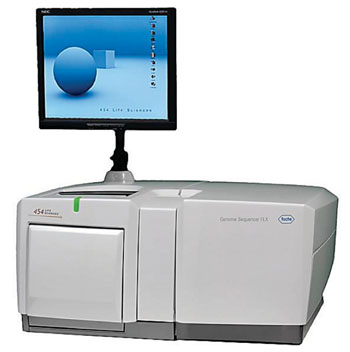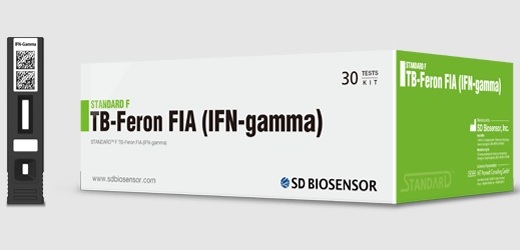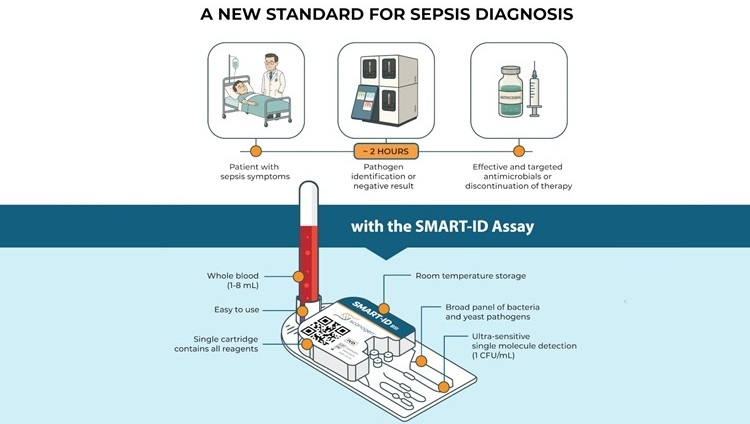Gut Microbiome Pretreatment Predicts Chemotherapy-Related Bloodstream Infection
By LabMedica International staff writers
Posted on 19 May 2016
Bacteria are thought to enter the bloodstream through intestinal lesions due to chemotherapy-induced inflammation of the membrane lining the digestive tract. Once the infection begins, patients' own immune systems are depleted and are often unable to fight off the pathogens and antibiotics are often ineffective.Posted on 19 May 2016
Antibiotic regimens vary widely between clinics; in some clinics, all patients are given preventative antibiotics throughout their chemotherapy. In other clinics, few patients are given preventative antibiotics because the antibiotics can lead to increased antibiotic resistance in the patients. There are currently no good ways to predict which patients will acquire a bloodstream infection.

Image: The Genome Sequencer FLX instrument (Photo courtesy of 454 Life Sciences-Roche).
Scientists at the University of Minnesota (Minneapolis, MN, USA) collaborating with those at the Nantes University Hospital (France) collected fecal samples from 28 patients with non-Hodgkin's lymphoma before the patients began chemotherapy. Genomic DNA was extracted using the QIAamp DNA Stool Minikit (Qiagen, Hilden, Germany), then, for each sample, they amplified 16S ribosomal ribonucleic acid (rRNA) genes, using a suitable primer set.
Pyrosequencing was carried out using a primer set on a 454 Life Sciences Genome Sequencer FLX instrument (454 Life Sciences-Roche, Brandford, CT, USA) with titanium chemistry at DNAVision (Charleroi, Belgium). Using computational tools, the team then created an algorithm that can learn which bacteria are good and bad from studying one set of patients, and can then predict whether a new patient it has not seen before will get an infection, with around 85% accuracy.
Eleven of the 28 subjects acquired a bloodstream infection following their chemotherapy, but interestingly the scientists found that those patients had significantly different mixtures of gut bacteria than the patients who did not get infections. They identified a panel of 13 microbes that were differentiated between patients who did and did not develop blood stream infections (BSI). The patients who developed BSI exhibited significantly higher abundance of Erysipelotrichaceae and Veillonella in fecal samples collected prior to treatment compared to patients who did not develop subsequent BSI.
Dan Knights, PhD, a professor and co-author of the study said, “This method worked even better than we expected because we found a consistent difference between the gut bacteria in those who developed infections and those who did not. This study is an early demonstration that we may be able to use the bacteria in our gut to predict infections and possibly develop new prognostic models in other diseases.” The study was published on April 28, 2016, in the journal Genome Medicine.
Related Links:
University of Minnesota
Nantes University Hospital
Qiagen
454 Life Sciences-Roche
DNAVision




 assay.jpg)









